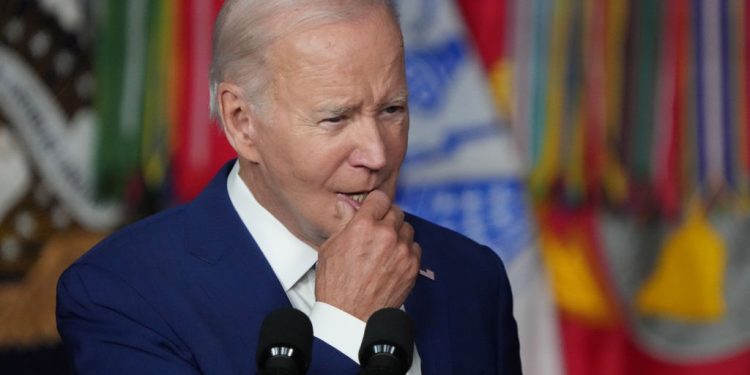New data about the economy shows that Americans spent money as if they had it this summer, but a new report suggests the party may not last much longer.
A Commerce Department report noted that consumer spending rose 0.8 percent in July, according to Reuters, but Jennifer Lee, a senior economist at BMO Capital Markets in Toronto noted that “there are some warning signs coming from the consumer as the savings rate continues to tick down.”
Ask Dollar General, which says it is not going to make the profit it expected because customers are not buying.
“Our core customers continue to tell us they feel financially constrained,” chief executive Jeff Owen said, according to the Wall Street Journal. “Her savings are gone, and so certainly she is still living with the inflationary pressures.”
A new report showed inflation is not licked yet. What’s known as the personal consumption expenditures price index rose 0.2 percent in July, the Commerce Department reported Thursday. The index is up 3.3 percent above a year ago, according to The Hill.
Rising prices are accompanied by reports showing that personal income rose only 0.2 percent in July, which was down from 0.3 percent in June. Disposable income dipped 0.2 percent once it was adjusted for inflation. Spending that outpaces incomes leads to debt, meaning credit card and other consumer debt is above $1 trillion again as it was before the pandemic inflated savings.
The personal saving rate dropped to 3.5 percent in July, down from 4.3 percent in June, according to CNN.
Behind the headline numbers, a new Lending Club survey shows a lot of Americans are just getting by, according to CNBC.
The study found that 78 percent of consumers who earn under $50,000 a year and 65 percent of those who make between $50,000 and $100,000 annually were living paycheck to paycheck in July. Forty-four percent of those earning more than $100,000 a year were living check to check, the study said.
“Consumers are undoubtedly continuing to feel the impact of inflation and rising interest rates,” said Chris Fred, TD Bank’s head of credit cards and unsecured lending.
Amid the uncertainly, President Joe Biden has been declaring victory.
“The way I look at it, Bidenomics is just another way of saying ‘restoring the American Dream,’” Biden said this week.
E.J. Antoni, a research fellow in regional economics with the Heritage Foundation’s Center for Data Analysis, disagreed, according to Fox Business.
“Restoring the American Dream?” Antoni said. “That’s an utterly appalling claim for an American president to make right now, given the state of the housing market. The American Dream is owning your own home, and the policies of this administration have made that all but impossible for nearly an entire generation of Americans.”
The monthly mortgage payment on a median price home was $979 when Biden entered the White House but is $2,075 now, Antoni said.
“An American family is now paying over $13,000 a year more for the same house,” Antoni said. “The situation is no better for renters, who face record prices for their housing, too, with high rents making it difficult to save for a down payment. The Biden administration has turned the American Dream into a nightmare.”
Desmond Lachman, a resident fellow at the American Enterprise Institute, said Biden’s policies let loose the demon of inflation.
“The key point that Biden is omitting to mention is that his excessively expansionary budget policies helped cause a surge in inflation to a multi-decade high,” Lachman said. “That in turn has forced the Fed to slam on the monetary policy brakes, which could be setting us up for financial market strains and a hard economic landing next year.”
Biden is “failing to mention the explosion in the country’s debt level under his watch, which is going to constitute a strong headwind for the country’s long-term economic growth prospects,” he said.
This article appeared originally on The Western Journal.


























 Continue with Google
Continue with Google